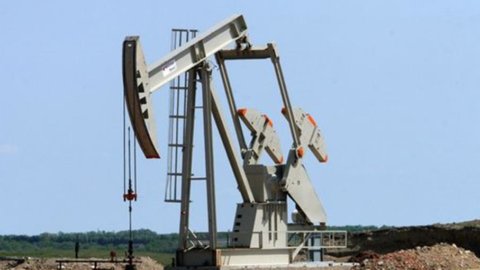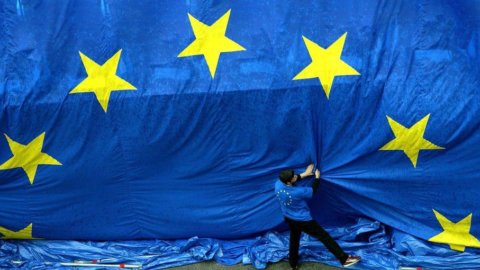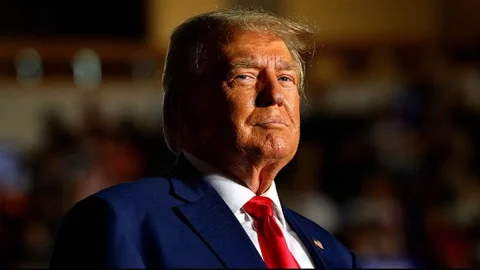Reserves of oil and refined products have increased but, unlike in the past and particularly in the last three years, this has not translated into further pressure on crude oil prices. In fact, the excess reserves at the moment are covering the increase in demand and above all the production losses of countries with a serious political and economic situation to face such as Venezuela, Libya and Nigeria. Not to mention the huge environmental tragedy resulting from the fire in Canada in the Province of Alberta which, at the beginning of May, saw the country drastically cut production. In these days Canada has resumed extractions allowing a consolidation of the WTI price on $ 48 after a recovery of 80% from the lows of the last 12 years reached this year.
Then there are other events, such as the replacement of Saudi Oil Minister Ali al Naimi with the President of Aramco Khalid al-Falih, which have favored the return to 50 US dollars. An era that closes with this replacement that took place in a round of government seats "by royal decree" after more than twenty years of superpowers that embraced a wide influence from oil to industry, up to the control of mining activities. Prince Mohammed thus strengthens his power a month before the OPEC meeting in June and after the controversies following the Doha meeting in mid-April, and at the same time relaunches the reforms with an ambitious plan called "Vision 2030".
This situation, against the backdrop of a G7 lacking in ideas, apart from a few more reassurances on the new tug of war between the USA and Japan over the well-known currency issues, has brought attention back to Russia also because the BRICS are experiencing a moment of difficulty as the rest of the emerging countries. And only a few Asian and Eastern European countries are resisting the flight of capital from emerging funds, especially in local equities and currencies.
Russian corporates, despite the still unconvincing trend of commodities, see the bearish trend of steel and copper compared to the rebound of agricultural commodities, have strengthened their quotations so much that now sovereign bonds have become more attractive and cheap. Meanwhile, the banks are continuing with buy-back operations aimed at stabilizing assets. Not to mention the stock market which offers a risk premium of 14,5% compared to that expressed in the yields of European government bonds.
The latest macro data saw an improvement in Russian industrial production in April with a +0,5% compared to negative expectations of -0,5%. On the other hand, the GDP figure for the first quarter at -1,2% compared to the expected -2% already clearly showed how retail sales also played an important role in containing the recessionary figure. And the result of the recent mission of the International Monetary Fund increases expectations of a further recovery of the Russian economy which will emerge from the recession in 2017 and highlights a direct correlation with the price of crude oil which is the basis of capital flows in recent months.
It certainly does not hide how the sanctions have played a fundamental role in the Russian economic crisis which has forced the Government to take defensive measures and to change the strategic economic plan also supported by a buffer of international reserves which remains conspicuous, counting for more than 320 billion of US dollars.
After two years of geopolitical uncertainties, Russia is now preparing to return to the Eurobonds market in hard currency where up to February 2014 there were over 220 billion US dollars in bond issues and today they are reduced to less than 180 billion US dollars . And in the next 2 years, 38% of the remainder will mature while Russian banks are currently positioned on short and medium maturities for less than a third of outstanding foreign debt.
If bets on oil are bringing back interest and portfolio flows on issues in Russian rubles, there is no doubt that an unblocking or reduction of sanctions by the European and US sides would give the Russian bond market a breather in USD and Euro, satisfying a growing demand for diversification in this sense. But behind such a decision, as we know, geopolitical balances are at stake in which the American electoral campaign plays a significant part and the crazy strategy that in the last two years has been implemented by Obama at the expense not only of the Russians but above all of the Europeans.
The ruble, among the best currencies of the year, rebounded by 25% from the lows of January and in the last week it lost 2% and if the price remains below 70 against the US dollar, the Russian central bank will inevitably abstain from cutting rates on 10 June, despite inflation above the 7% target. The risk of default has in turn decreased with 5-year CDS falling from 400 to 250 bp, with a rating still speculative.
Overtaking this month of May with achievements, with the OPEC meeting in June we will play for a further rebound or less of the ruble in a speculative perspective on the trend of the oil price and the recovery of the Russian economy.
Now Russia has broken the military truce of February 27 and has also resumed bombing in Syria, asking for coordinated interventions with the American-led international coalition. And thus a maneuver of political rapprochement on the military field is beginning. With what is happening in Turkey, at this moment Russia represents an opportunity to be carefully evaluated, and perhaps the only bright star in the BRICS universe which this year disappoints and worries funds and investors forced to make sudden countermoves to contain the “wild” political variables.




